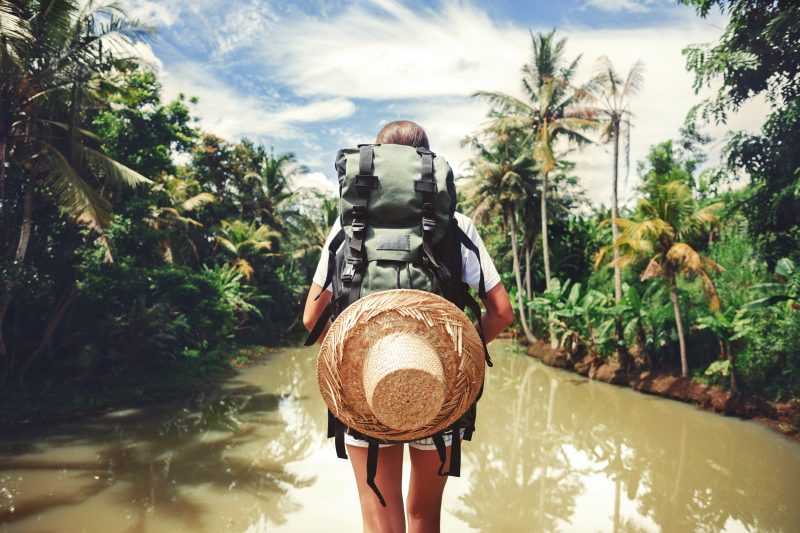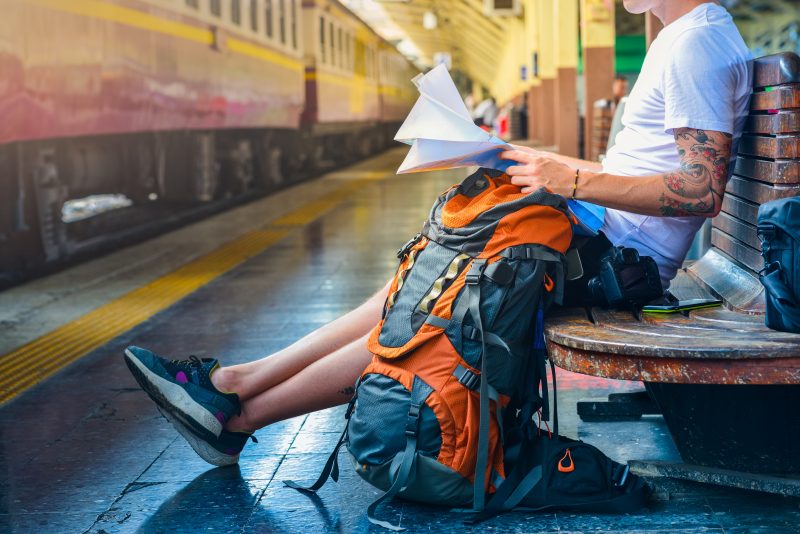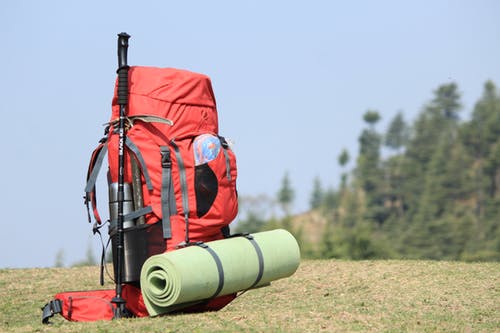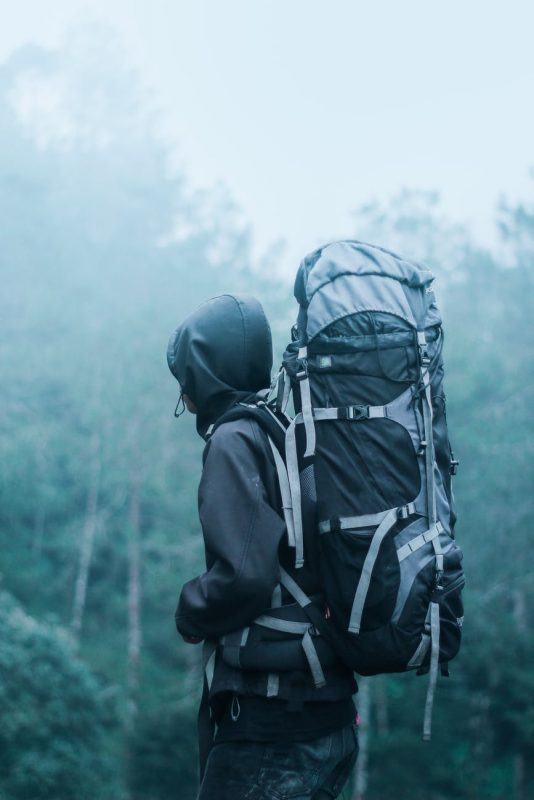Choosing a Backpack for Bugging Out
Which backpack would you choose for bugging out?
You see, this is a decision that you don’t want to take lightly. Choosing an ordinary school backpack is not exactly going to be the best choice in a disaster.
Assuming that you don’t already have a suitable backpack to essentially serve as your bug out bag, it is important for you to buy one and to consider many different critical factors in your selection.
Here are the top factors that you will need to consider when choosing a backpack for bugging out purposes:
Internal Frame or External Frame?

When choosing a backpack, you will have to choose one with either an internal or an external frame. Either is fine, but the main difference between them is that larger backpacks are usually externally framed and smaller to mid-sized packs are usually internally framed.
Between the two, there’s no denying that while an externally framed backpack will be heavier when fully packed, it will also be arguably more comfortable and also create separation between your back and the pack itself, which will reduce sweating while you’re on the move.
Capacity: 60 Liters

Your bug out bag needs to be large enough to contain enough supplies to help you survive for at least three days or seventy two hours, period. It’s for this reason that bug out bags are also often referred to as 72 Hour or 3 Day packs.
As a golden rule, a backpack with a capacity of at least 60 liters will be more than adequate to contain enough supplies to last you for those three days.
Although a pack with around a 45-litre capacity should technically be able to fit in everything you need, it would probably be wiser to carry enough items to last you longer than that seventy two hour period in case the time of the disaster is extended. So a larger pack would be better to hold additional items without weighing you down.
NOTE: for reference, a large pack with a total capacity of 90 liters should be large enough to hold enough supplies and items to last you for a week, but is also going to be extremely heavy to carry over long distances. A pack with a capacity of around 60 liters is a good balance between weight and having enough storage capacity.
Multiple Storage Compartments

A backpack with multiple storage compartments will always be able to hold more items than an equally-sized backpack with only one storage compartment.
Not only that, but having multiple storage compartments also helps you to more efficiently organize your items and arrange things so that you can access certain items more easily.
For example, your water, knife, fire-starting materials, and first aid equipment are items that you may need to access quickly and could be stored in compartments on the band that wraps around your waist.
On the other hand, things such as a tarp, blanket, or cooking materials can be stored in the larger compartment where they won’t need to be accessed as quickly or urgently.
Neutral Colors

Believe it or not, you should think very carefully about the colors you choose to use for your tactical bug out bag. Bright colors such as red, pink, orange, yellow, or bright blue are an automatic “no” because they are not natural colors and stand out easily.
On the other hand, colors such as brown, gray, dark green, or dark navy blue will help you to better blend in with your environment.
What about black or camouflage? While those colors will certainly help you to blend in, they are also well known as tactical colors and could *possibly* cause you to gain the attention of unwanted folks or law enforcement, which is something that you most certainly do not want. You can go with black or camouflage if you want to, but it’s just something that you’ll want to keep in mind as well.
Adjustable and Padded Straps
Last but not least, your backpack needs to have adjustable and padded straps. It needs to be padded not only for comfort but for better durability and resilience as well. They also need to be adjustable in order to make the backpack comfortable for your body type. You also may need to adjust the pack as you add or remove layers of clothing as well.





